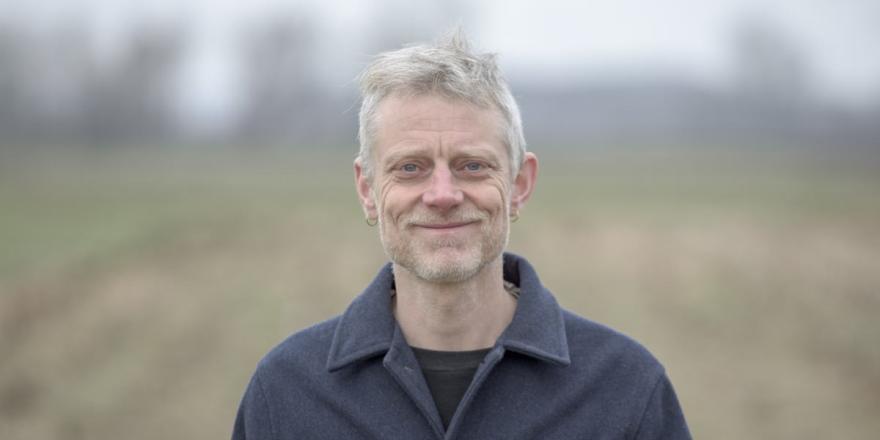Guy Rombouts
Guy Rombouts (1949) is a Belgian visual artist and collector. He debuted in 1982 with the exhibition “1001 dingen van 18 frank” (“1001 things for 18 francs”) and has frequently worked with found objects. However, his main fascination is with language and letters. In many of his projects, he has connected letters with sounds, shapes and colours. In the mid-1980s, he created the Azart alphabet, an alternative alphabet that uses shapes and colours to represent letters. The Azart alphabet was the inspiration for various works: installations with objects, graphic works and art works in public spaces, such as the 9 letter bridges in Amsterdam and the Tomberg metro station in Brussels.
Benjamin Verdonck
Benjamin Verdonck (1972) is a Belgian theatremaker, visual artist, author and collector. In Verdonck's theatre and other work, he often puts “things” — objects, shapes, surfaces, collections of found objects — in the starring role and lets them speak for themselves. His work with objects includes theatre productions, installations, campaigns, pamphlets and interventions in the city, such as the swallow's nest that hung on the sides of apartment buildings in Brussels and other cities, or the Calendar Project in 2009. The undertone is a playful, but earnest plea for a “transition to fair sustainability’” In Aren (2019), he recently presented part of his own collection of objects as an “ode to the beauty of small and large things around us, to visionary ideas”.
Jaap Kruithof
Jaap Kruithof (1929-2009) was a Belgian philosopher. From 1964 to 1995, he worked as a professor of Ethics at Ghent University. There, he established the Moral Sciences Department with Leo Apostel. Between 1960 and 2000, he was also an influential critic of society in Flanders. In his private life, Kruithof was a passionate collector.
There were two phases to his collecting. In the first phase (1973-1985), he collected objects on the antiques circuit. In the second phase (circa 2000 to 2009), Jaap Kruithof visited second-hand shops and began to intensively collect extremely cheap discarded items.
From the 1990s onwards, Kruithof also became a strong critic of the culture of disposability that he believed was destroying nature. He referred to himself as an ecocentrist. A point frequently made by Jan Kruithof was that: “We’re throwing too much away and we're throwing away the wrong things.”
He stored his collection of 10,000 objects at home in his “Primrose Museum”.


